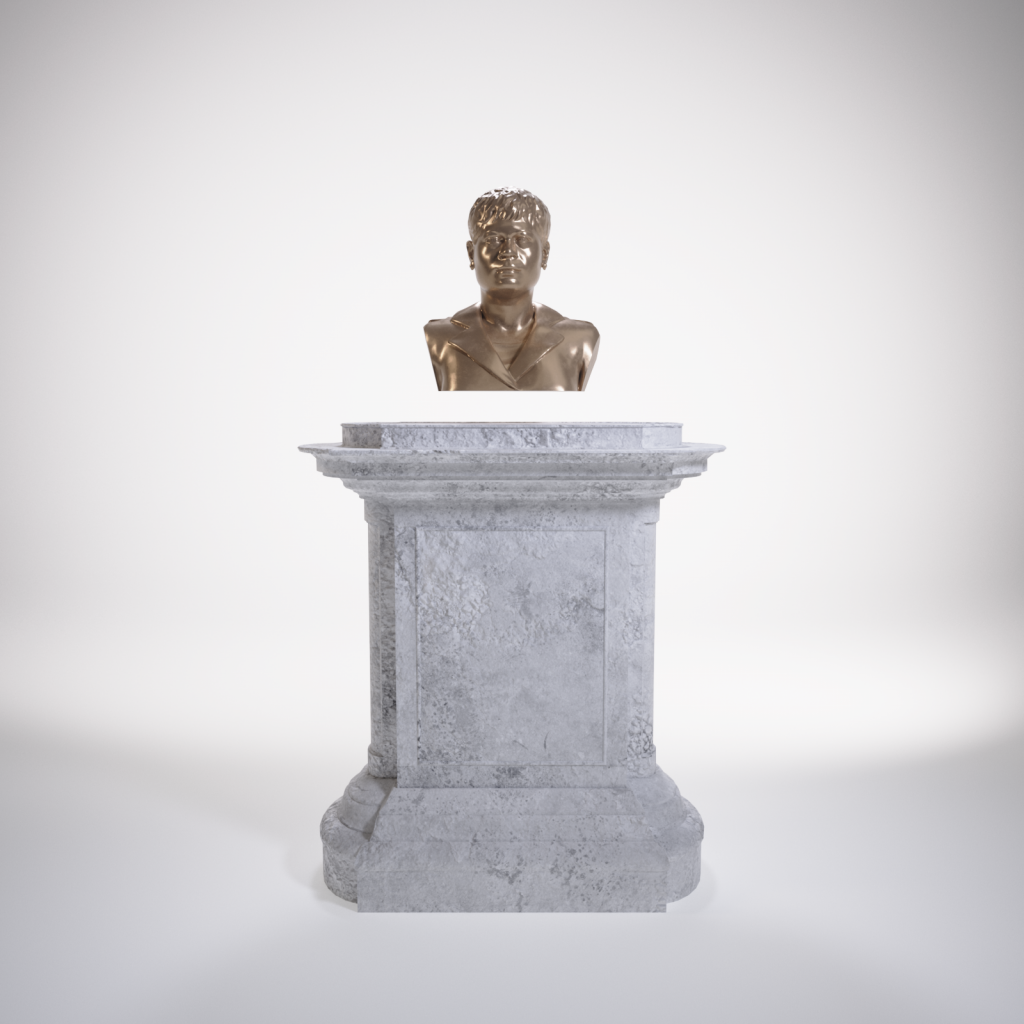How to identify a scam crypto exchange?

Disclaimer: The text below is an advertisement article that is not part of Cryptonews.com editorial content.

Most of the time, choosing a crypto exchange makes the trading experience either a breeze or a nightmare for beginners. But with so many options (since there are hundreds of crypto exchanges out there), there’s a small chance you’ll come across a scam.
Still, how do you separate the chaff from the wheat? To make sure you don’t accidentally deposit your money into an exchange that’s just going to get away with it, and to help you separate the wheat from the wheat, we’ve broken down the key factors you should be aware of.
#1 Be careful with trading volume and liquidity
In the world of digital assets, prices tend to change within a second. You, as a trader, may want to make moves during these price swings and buy coins that have the potential to go to the moon or sell those that are likely to flop without waiting too long.
In order to make the most of every moment in crypto, the exchange you have deposited your money on should fulfill your buy and sell orders immediately, at a price as close to the one you previously set, without making you pay a big markup.
This is precisely why crypto exchanges must be liquid, and those that usually have a continuously high daily trading volume. It is safe to say that crypto exchanges are more or less liquid depending on the number of users they have.
It also goes without saying that scam crypto exchanges do not have large user bases, or users rarely trade their assets and the number of orders is quite low. When no one is willing to buy or sell cryptocurrencies, you have no choice but to sell at a dramatically lower price or buy at an outrageously high price.
#2 Check deposit and withdrawal limits
Regardless of whether you are a crypto trader or investor, at some point you will definitely want to withdraw some of the money. Most reputable crypto exchanges have set reasonable minimum and maximum requirements for withdrawals and deposits. For example, you can start trading on ChangeNOW with as little as USD 2. And then some crypto exchanges have a minimum deposit of USD 200, which seems, you agree, a little suspicious.
On the other hand, most exchanges have strict limits when it comes to withdrawals, which is perfectly fine. However, withdrawals should be easy and the minimum withdrawal amount should also be reasonable. Do not put your trust in an exchange that requires you to accumulate a significant amount of capital in order to make withdrawals.
#3 Keep track of the fees
Crypto exchanges wouldn’t exist if it weren’t for the fees they charge every time users make trades, deposits or withdrawals. The fees vary from one exchange to another and range from 0 to 4.5%, depending on the type of transaction.
Although ChangeNOW does not disclose exact fees, we found that fees vary by pair and amount; about X% on a high network fee pair like BTC-ETH, and about X% on others like TRX-XRP. If a crypto exchange charges exorbitant fees, you can rest assured that they just want to rip you off and you should definitely avoid such deals.
#4 Check their customer support
Assuming you are using a crypto exchange for the first time, you will probably need some time to get familiar with the way it works. Sometimes you may also need extra help or some of your questions answered. And knowing how dynamic crypto markets are, you’ll need the answers in minutes! With fraudulent crypto exchanges, it is either impossible to contact someone from their customer support, or their agents take a long time to respond.
#5 Do the background check
There is nothing wrong with reading online reviews before committing to a particular online service. Google is your friend, so be sure to see what users have to say about a couple of exchanges you have in mind. Also try to find more information about the team behind the platform. Are they doxxed? Do you find their profiles on LinkedIn and other social media? Do these people seem real? Fraudulent exchanges provide very little or no information about their teams.
Also make sure they have a strong digital and media presence. Have you ever seen them attend or speak at events and conferences? Do they build partnerships? All of these factors matter when trying to determine which exchanges are reputable and reliable and which are not.
#6 See if they are insured or not
Gemini, Binance and FTX are among a few exchanges that insured users’ funds. This really instills trust in their services, as it doesn’t seem like a wise decision to entrust money to a company you know very little about.
Crypto exchanges that offer insurance protect their users against hacks, carpet pulling and robbery, just to name a few cases. Remember that not all exchanges have the same insurance, and you should check what each one covers.
While it’s a good idea to have a healthy insurance policy, not all exchanges offer this level of protection. Those who simply don’t care that much about their users, and who can be fraudulent.
#7 Find out about their security practices
Trusting someone with your money is a big deal. Therefore, you should follow the security practices of various exchanges (at least if you don’t want to end up empty-handed). As a rule of thumb, crypto exchanges that have been around for years and have a huge base of users are the safest, but of course there are some exceptions.
BitMart is a perfect example of a well-known exchange that was still hacked. In this cyber attack, somewhere between USD 150,000 and USD 200,000 was stolen. No platform is 100% secure, but it is common sense that you should not invest significant amounts of money in exchanges that have a history of cyber attacks. While some platforms are suffering from attacks, others are helping them get their money back.
Fraudulent crypto exchanges don’t even use basic protections like 2FA, while those that care about users’ assets usually use multiple layers of protection, including facial identification or biometric login, and require providing government-issued identification when opening a new account in order to fend off fraudsters. Some of them even require authentication when users want to change funding levels or buy or sell their cryptocurrencies.
It is also safe to say that non-custodial exchange services appear to be much more reliable than centralized custodial exchanges. Why? Non-custodial crypto exchanges (one of which is ChangeNOW) never force you to register, respect your privacy and give you the ultimate control over your funds. As long as you store your private keys securely, you don’t have to worry about hackers, government regulations or sanctions.
#8 Consider the asset choices they provide
It is almost impossible to have all the digital assets you are interested in listed on a single exchange. After all, with more than 10,000 cryptocurrencies and 100,000 trading pairs, everything is understandable.
Exchanges do their best to list coins with high market values, but some of the smaller ones with great potential as well. This practice helps a lot in getting in the eyes of active crypto traders and investors. And then some platforms only list pretty obscure privacy coins, which can also be a big red flag.
Summary
That doesn’t necessarily mean that every crypto exchange that has higher fees or lists shady coins is a scam, but if you come across one that ticks all the (negative) boxes we’ve listed, you better run away. The result is that you can never know if your funds are 100% safe as the entire crypto space still lacks regulation, but at least you can stay away from platforms that scream “give us your money and get lost”.
























